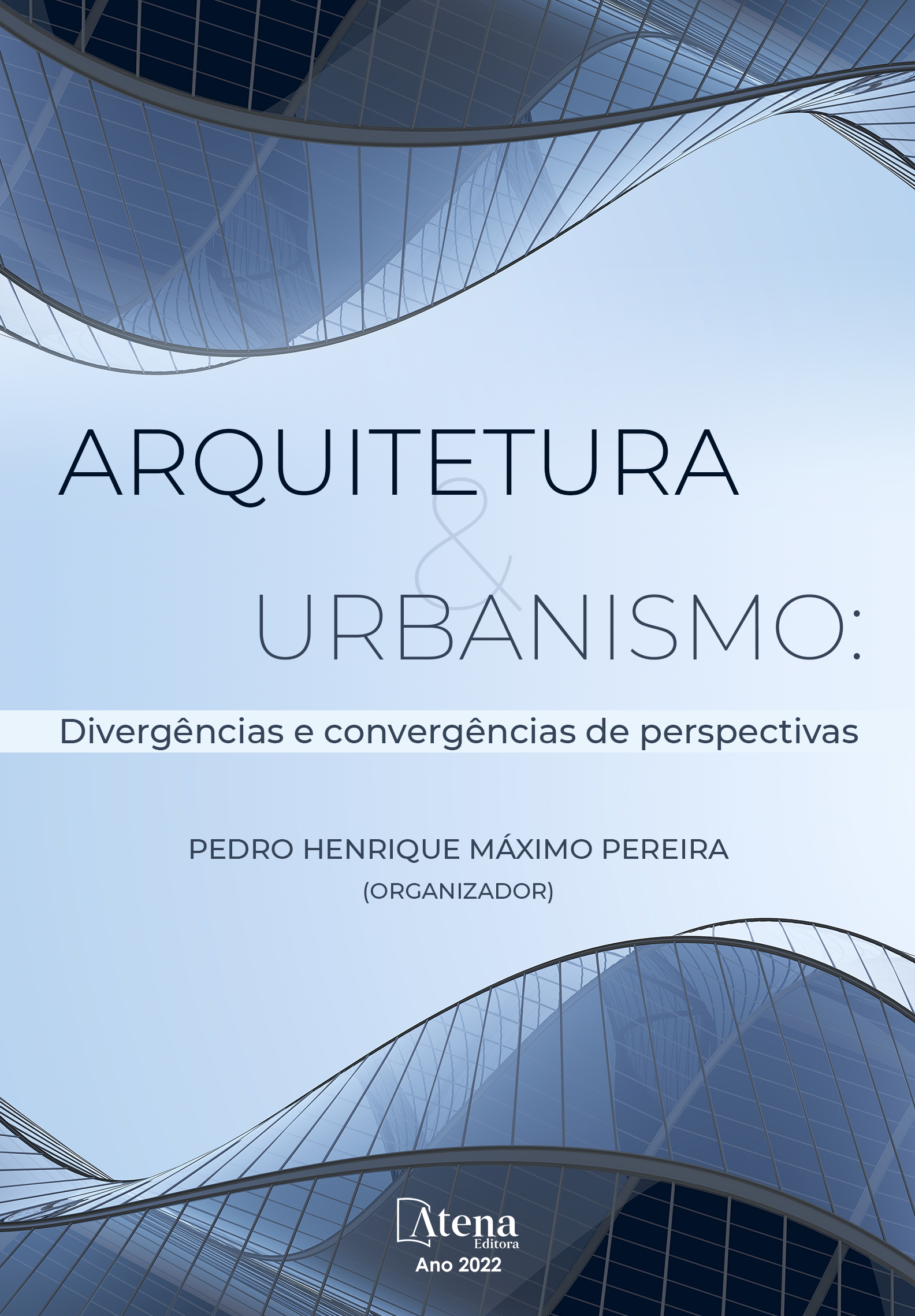
O ÚLTIMO TRAÇO DE NIEMEYER NA PAMPULHA: DA INVISIBILIDADE À CONSTRUÇÃO DE UMA IDENTIDADE PARA O PAINEL DA CASA DO BAILE
RESUMO: A musealização e conservação do Painel Oscar Niemeyer levam à compreensão reflexão e proposição de um conjunto de ações para sua preservação como elemento integrado à Casa do Baile – Centro de Referência de Arquitetura, Urbanismo e Design (CABAUD), e parte integrante do Conjunto Moderno da Pampulha - reconhecido pela Unesco como Patrimônio da Humanidade, na categoria Paisagem Cultural, em Belo Horizonte, Minas Gerais. Buscou-se realizar um diagnóstico a partir de uma pesquisa bibliográfica e documental, cuja análise centrou-se nas memórias e história do Painel bem como em uma avaliação preliminar das condições em que ele se encontra. Uma análise sob a perspectiva museológica e da conservação consiste em preservar objetos e aproximar o homem dos elementos formadores de sua identidade. Apesar destas questões, o que se observa é uma contraposição, ou seja, o processo de invisibilização do painel desde a sua inauguração. Ao apresentar esta “obra de arte” de próprio punho do arquiteto a partir de sua singularidade e constituição pretende-se construir um processo de valorização e musealização que venha a consolidar e resumir a trajetória inicial da vida profissional do arquiteto, representada com elementos do Conjunto Arquitetônico e Paisagístico da Pampulha e traços modernistas de Brasília. Ao final, apresentam-se reflexões que levam ao questionamento acerca de sua incorporação como elemento de referência e de definição de uma identidade própria, não somente como objeto de arte integrado à Casa do Baile, mas a todo conjunto e como símbolo para a compreensão da história do arquiteto e do Conjunto da Pampulha, como representação iconográfica da moderna arquitetura brasileira.
O ÚLTIMO TRAÇO DE NIEMEYER NA PAMPULHA: DA INVISIBILIDADE À CONSTRUÇÃO DE UMA IDENTIDADE PARA O PAINEL DA CASA DO BAILE
-
DOI: 10.22533/at.ed.17922270418
-
Palavras-chave: Painel Oscar Niemeyer, Casa do Baile, Conjunto Moderno da Pampulha, Conservação e Restauração, Musealização
-
Keywords: Oscar Niemeyer Panel, Casa do Baile, Pampulha Modern Ensemble, Conservation and Restoration, Musealization
-
Abstract:
ABSTRACT: The musealization and conservation of the Oscar Niemeyer Panel leads to the understanding, reflection and proposition of a set of actions for its preservation as an integrated element of Casa do Baile – Reference Center for Architecture, Urbanism and Design (CABAUD), and an integral part of the Modern Ensemble of the Pampulha - recognized by Unesco as a World Heritage Site, in the Cultural Landscape category, in Belo Horizonte, Minas Gerais. We sought to conduct a diagnosis based on a bibliographic and documentary research, whose analysis focused on the memories and history of the Panel as well as on a preliminary assessment of the conditions in which it finds itself. An analysis from a museological and conservation perspective consists of preserving objects and bringing man closer to the elements that form his identity. Despite these issues, there is an opposition, that is, the process of invisibility of the panel since its inauguration. By presenting this "work of art" in the architect's own hand, based on its uniqueness and constitution, a built process of valorization and musealization is that will consolidate and summarize the initial trajectory of the architect's professional life, represented with elements of the Architectural Ensemble and Landscape of Pampulha and modernist features of Brasília. At the end, some reflections are presented that lead to the questioning about its incorporation as an element of reference and definition of its own identity, not only as an art object integrated to Casa do Baile, but to the complete set and as a symbol for understanding the history of the architect and the Pampulha Complex, as an iconographic representation of modern Brazilian architecture.
-
Número de páginas: 26
- Daniela Tameirão
- Ronaldo André Rodrigues da Silva


